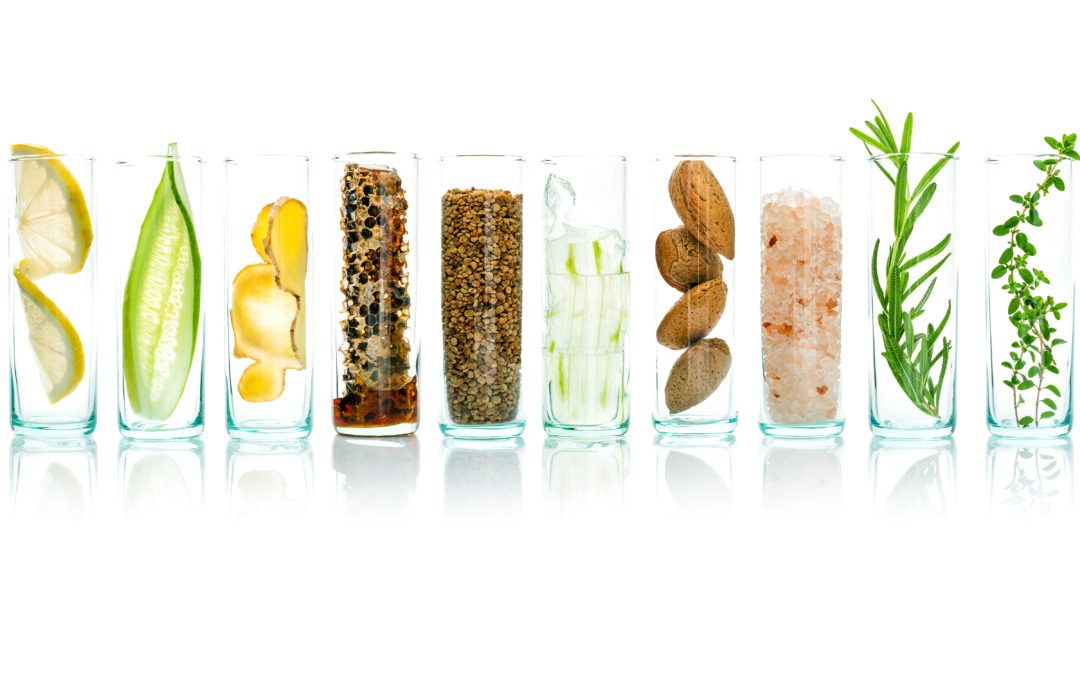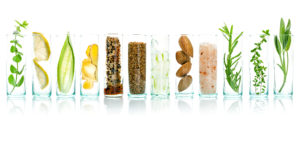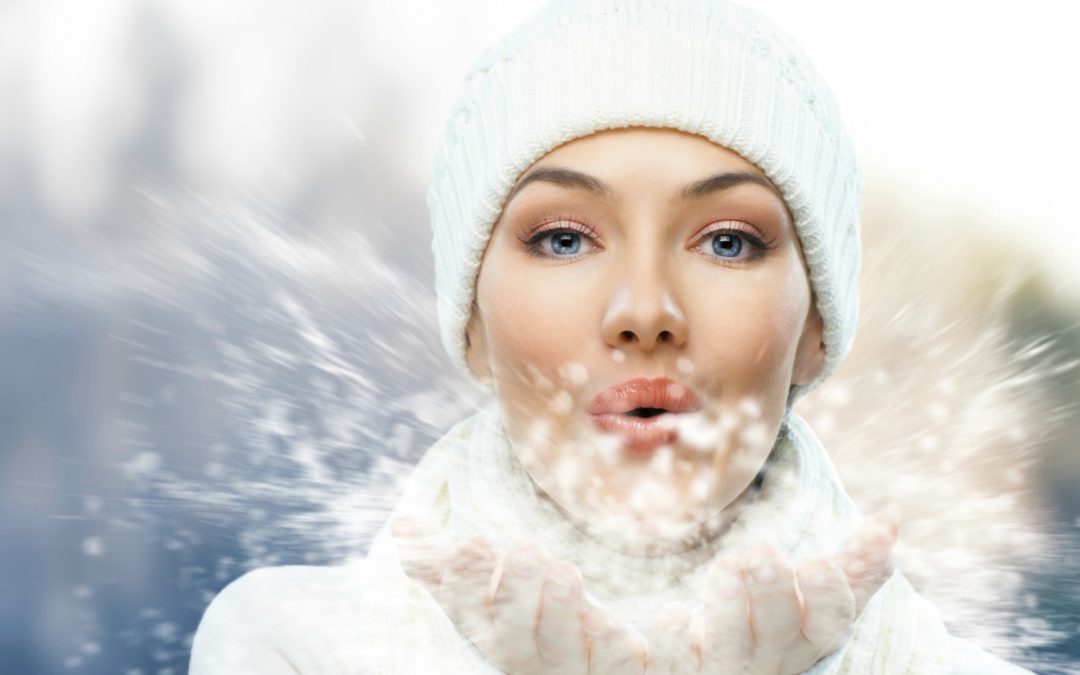
Winter Skin Tips
WINTER SKIN CARE
The weather outside may be unsightly, but your skin doesn’t have to be. How to banish dry skin and give your winter skin care regimen a boost? For many people, the cold days of winter bring more than just a rosy glow to the cheeks. They also bring uncomfortable dryness to the skin of the face, hands, and feet. For some people, the problem is worse than just a general tight, dry feeling: They get skin so dry it results in flaking, cracking, even eczema (in which the skin becomes inflamed).
As soon as you turn the heat on indoors, the skin starts to dry out. It doesn’t matter if you heat your home using oil, wood, or electricity. The skin gets dry.
Sound familiar? Read on to get tips for boosting your winter skin care regimen, so that your skin stays moist and healthy through the winter months.
- Seek a Specialist
If you go to your local drugstore, you’ll be hard put to find a salesperson who can give you good advice. That’s why going to an esthetician even once is a good investment. Such a specialist can analyze your skin type, troubleshoot your current skin care regimen, and give you advice on the skin care products you should be using. Book a facial today to prep your skin for the cold months ahead.
2. Moisturize More
You may have found a moisturizer that works just fine in spring and summer. But as weather conditions change, so should your skin care routine. Find an “ointment” moisturizer that’s oil-based, rather than water-based, as the oil will create a protective layer on the skin that retains more moisture than a cream or lotion. (Hint: Many lotions labeled as “night creams” are oil-based.) But choose your oils with care because not all oils are appropriate for the face. Instead, look for “nonclogging” oils, like avocado oil, primrose oil, or almond oil. Shea oil — or butter — is controversial, because it can clog facial pores. And vegetable shortening, is a really bad idea. It would just sit on the skin and be really greasy.
You can also look for lotions containing “humectants,” a class of substances (including glycerine, sorbitol, and alpha-hydroxy acids) that attract moisture to your skin.
3. Slather on the Sunscreen
No, sunscreen isn’t just for summertime. Winter weather — even combined with an overcast day — can still damage your skin. Apply a broad-spectrum sunscreen to your face and your hands (if they’re exposed) about 30 minutes before going outside. Reapply frequently if you stay outside a long time.
4. Give Your Hands some TLC
The skin on your hands is thinner than on most parts of the body and has fewer oil glands. That means it’s harder to keep your hands moist, especially in cold, dry weather. This can lead to itchiness and cracking. Wear gloves when you go outside; if you need to wear wool to keep your hands warm, slip on a thin cotton glove first, to avoid any irritation the wool might cause. Another tip is to apply a thick moisturizer to your hands and put on cotton gloves before going to bed
gloves before going to bed
5. Avoid Wet Gloves and Socks
Wet socks and gloves can irritate your skin and cause itching, cracking, sores, or even a flare-up of eczema
6. Hook Up the Humidifier
Central heating systems (as well as space heaters) blast hot dry air throughout our homes and offices. Humidifiers get more moisture in the air, which helps prevent your skin from drying out. Place several small humidifiers throughout your home; they help disperse the moisture more evenly.
7. Hydrate for Your Health, Not for Your Skin
If you’ve heard it once, you’ve heard it a thousand times: Drinking water helps your skin stay young looking. In fact, it’s a myth. Water is good for your overall health and the skin of someone who is severely dehydrated will benefit from fluids. But the average person’s skin does not reflect the amount of water being drunk. It is a very common misconception.
I see clients who drink their 10 to 12 glasses of water a day and still have superdry skin. It just doesn’t do that much.
8. Grease Up Your Feet
Yes, those minty foot lotions are lovely in the hot summer months, but during the winter, your feet need stronger stuff. Try finding lotions that contain petroleum jelly or glycerine instead. And use exfoliants to get the dead skin off periodically; that helps any moisturizers you use to sink in faster and deeper.
9. Pace the Peels
If your facial skin is uncomfortably dry, avoid using harsh peels, masks, and alcohol-based toners or astringents, all of which can strip vital oil from your skin. Instead, find a cleansing milk or mild foaming cleanser, a toner with no alcohol, and masks that are “deeply hydrating,” rather than clay-based, which tends to draw moisture out of the face. And use them a little less often. beauty girl on the snow background
10. Ban Superhot Baths
Soak in in a burning-hot bath feels great after frolicking out in the cold. But the intense heat of a hot shower or bath actually breaks down the lipid barriers in the skin, which can lead to a loss of moisture. “You’re better off with just warm water,” LaPlante advises, “and staying in the water a shorter amount of time.”
A lukewarm bath with oatmeal or baking soda, can help relieve skin that is so dry it has become itchy, Bielinski notes. So, too, can periodically reapplying your moisturizer. If those techniques don’t work, go see a dermatologist. “You may need a prescription lotion to combat the dry skin,” Bielinski says. “Or you may have a condition that isn’t simply dry skin and that requires different treatment.”



 Summer and winter are two seasons in which extreme environmental factors prevail: the sun, the dry air and the snow can all take their toll on our skin. Spring and autumn, on the other hand, represent the perfect time to renew, to recover from previous environmental aggressions and emerge restored and refreshed whilst prepping the skin for harsher climates. Autumn is here, and you can definitely notice the changes in the weather. The drop in temperature has already started to cause issues for our skin. The skin becomes dryer throughout autumn and winter as it attempts to recover from the vast amount of summer sun. Luckily, Jane and Dick Waxing has come to save the day! Here are a few things you can do to prepare your skin for autumn. Repair Your Skin After the Sun
Summer and winter are two seasons in which extreme environmental factors prevail: the sun, the dry air and the snow can all take their toll on our skin. Spring and autumn, on the other hand, represent the perfect time to renew, to recover from previous environmental aggressions and emerge restored and refreshed whilst prepping the skin for harsher climates. Autumn is here, and you can definitely notice the changes in the weather. The drop in temperature has already started to cause issues for our skin. The skin becomes dryer throughout autumn and winter as it attempts to recover from the vast amount of summer sun. Luckily, Jane and Dick Waxing has come to save the day! Here are a few things you can do to prepare your skin for autumn. Repair Your Skin After the Sun
 Water helps to keep your skin and your body healthy too. Drinking plenty of water, such as the recommended eight glasses of water a day, can help to moisturize your skin, and it can also remove and eliminate any toxins that may be present within your body. These toxins could come from food, or they can come from sun exposure. When toxins come from sun exposure, they are known as
Water helps to keep your skin and your body healthy too. Drinking plenty of water, such as the recommended eight glasses of water a day, can help to moisturize your skin, and it can also remove and eliminate any toxins that may be present within your body. These toxins could come from food, or they can come from sun exposure. When toxins come from sun exposure, they are known as 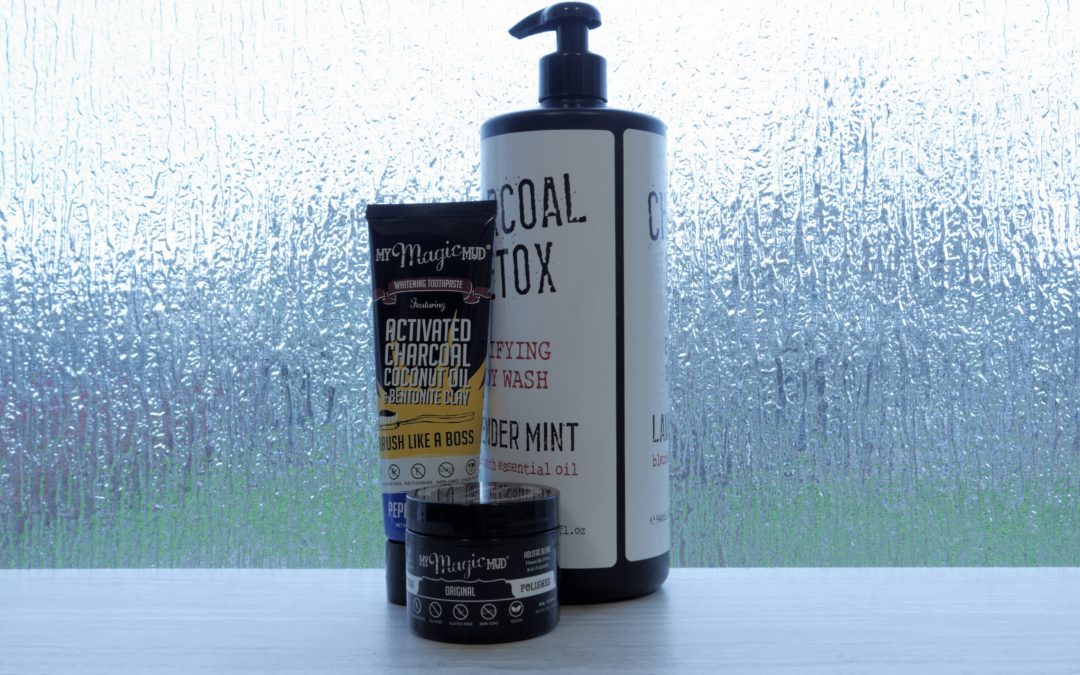
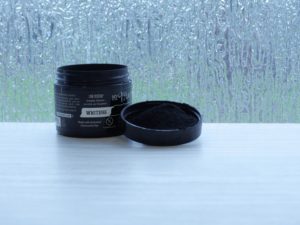 Once activated, the increased surface area of the molecules can bind powerfully to any substance. This process of adsorption (not to be confused with absorption) is what makes charcoal so powerful. True activated charcoal is odorless, tasteless, and nontoxic.
Once activated, the increased surface area of the molecules can bind powerfully to any substance. This process of adsorption (not to be confused with absorption) is what makes charcoal so powerful. True activated charcoal is odorless, tasteless, and nontoxic.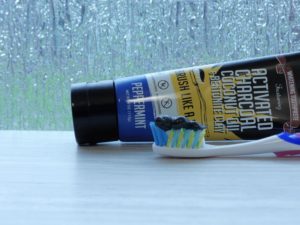 Ask a face mask or cleanser, I love using charcoal on my skin. Fair warning, it looks a little bizarre to paint this stuff all over your face, but it does wash off and leaves skin super soft! Your skin is the largest organ of the human body and as such, it deserves to be taken care of too. You’d be amazed with what your skin manages to collect each day, some of which is not beneficial to your health. Dust particles, dead skin, fumes from cars and buses and sweat all have the potential to build up in large quantities on the surface of the skin. If left untreated, these toxins may begin to affect your health.
Ask a face mask or cleanser, I love using charcoal on my skin. Fair warning, it looks a little bizarre to paint this stuff all over your face, but it does wash off and leaves skin super soft! Your skin is the largest organ of the human body and as such, it deserves to be taken care of too. You’d be amazed with what your skin manages to collect each day, some of which is not beneficial to your health. Dust particles, dead skin, fumes from cars and buses and sweat all have the potential to build up in large quantities on the surface of the skin. If left untreated, these toxins may begin to affect your health.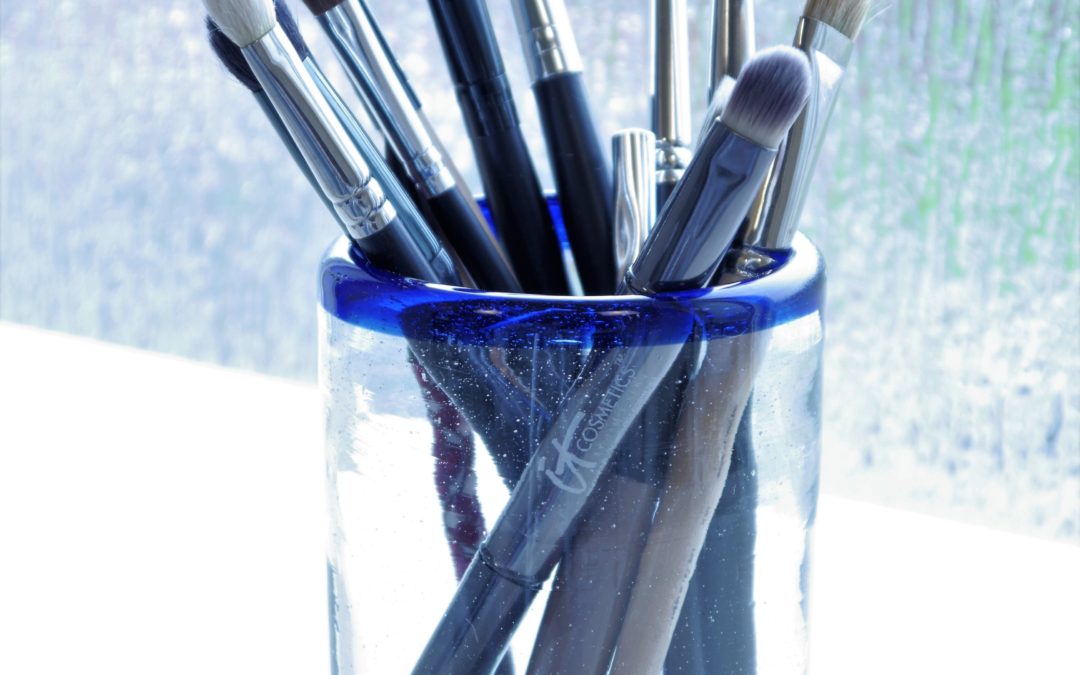
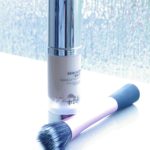 Now there are so many incredibly useful sorts of makeup brushes out there, but not every last one is necessary to your collection. This foolproof makeup brush guide covers just the need-to-know
Now there are so many incredibly useful sorts of makeup brushes out there, but not every last one is necessary to your collection. This foolproof makeup brush guide covers just the need-to-know 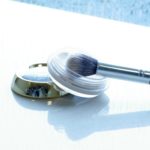 A concealer brush is essential. It allows you to apply and blend the product without wiping it off.
A concealer brush is essential. It allows you to apply and blend the product without wiping it off.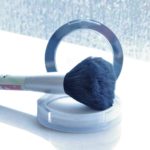 A powder brush has long, fluffy, and soft bristles made to distribute loose powder evenly across your face without dispensing too much product and making your makeup look cakey. Depending on the size, you could also get away with applying blush or bronzer with this type of brush. you can utilize the same brush to apply powder (loose and/or pressed) as well as blush (cream and/or powder.) “Look for a brush that’s soft and round with a head about the size of a silver dollar.”
A powder brush has long, fluffy, and soft bristles made to distribute loose powder evenly across your face without dispensing too much product and making your makeup look cakey. Depending on the size, you could also get away with applying blush or bronzer with this type of brush. you can utilize the same brush to apply powder (loose and/or pressed) as well as blush (cream and/or powder.) “Look for a brush that’s soft and round with a head about the size of a silver dollar.”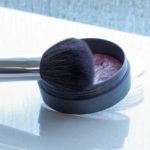 A blush brush is smaller than a powder brush and features a dome shape with long, super-soft bristles. This brush allows you to apply more concentrated product than a powder brush, while still allowing you to blend and build color.
A blush brush is smaller than a powder brush and features a dome shape with long, super-soft bristles. This brush allows you to apply more concentrated product than a powder brush, while still allowing you to blend and build color.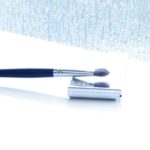 You need a medium eyeshadow brush to spread eyeshadow over the lid and under the crease. You can use it with cream or powder shadows, it doesn’t matter. You want to use a smaller, angled eyeshadow brush to get definition. They’re good for getting into the crease of the eye to define looks, day or night.
You need a medium eyeshadow brush to spread eyeshadow over the lid and under the crease. You can use it with cream or powder shadows, it doesn’t matter. You want to use a smaller, angled eyeshadow brush to get definition. They’re good for getting into the crease of the eye to define looks, day or night.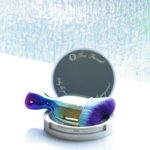 Contouring brushes are typically angled and have soft, dense bristles that allow you to apply a concentrated amount of bronzer without any fallout. The brush should fit nicely under your cheekbone, almost doing the contour work for you.
Contouring brushes are typically angled and have soft, dense bristles that allow you to apply a concentrated amount of bronzer without any fallout. The brush should fit nicely under your cheekbone, almost doing the contour work for you.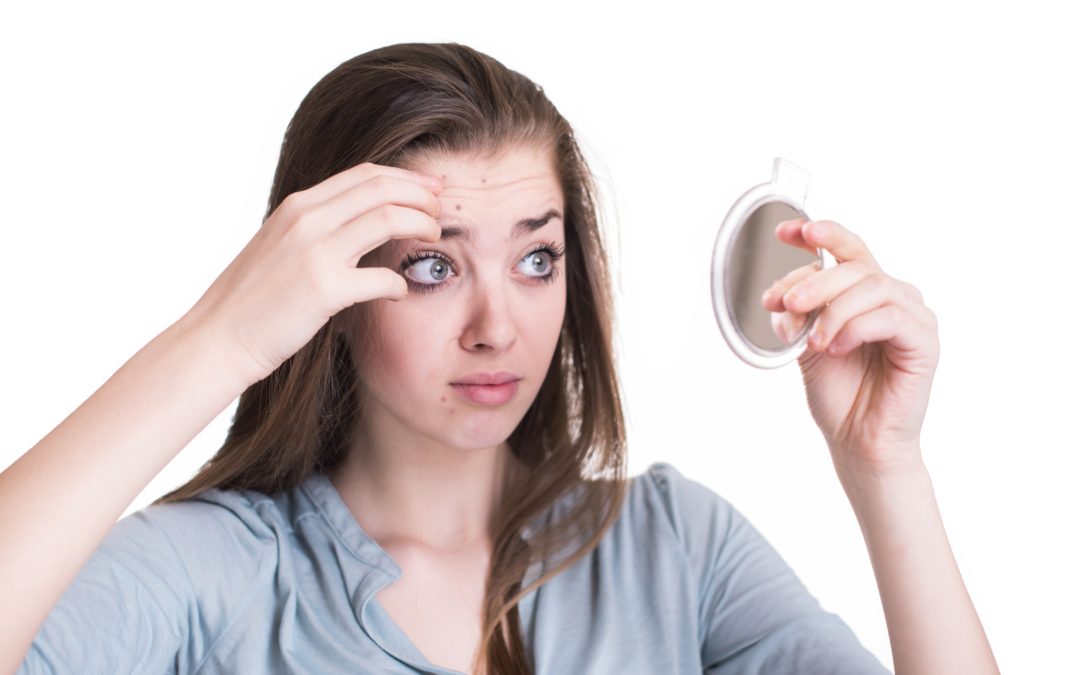
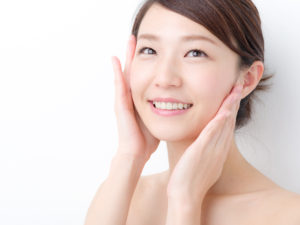 The most important fact to know about my Worst Ingredients is that they aren’t necessary. Most people don’t realize there are very toxic, cancer causing ingredients in their favorite skincare and beauty products. For those of us who are already aware, it’s still hard to know exactly what to avoid because most of the ingredients added to skincare and beauty products these days, are hard to even pronouce or figure out what it means.
The most important fact to know about my Worst Ingredients is that they aren’t necessary. Most people don’t realize there are very toxic, cancer causing ingredients in their favorite skincare and beauty products. For those of us who are already aware, it’s still hard to know exactly what to avoid because most of the ingredients added to skincare and beauty products these days, are hard to even pronouce or figure out what it means.